NBA
The Golden Age for Point Guards
By Justin Nixon
September 30, 2019
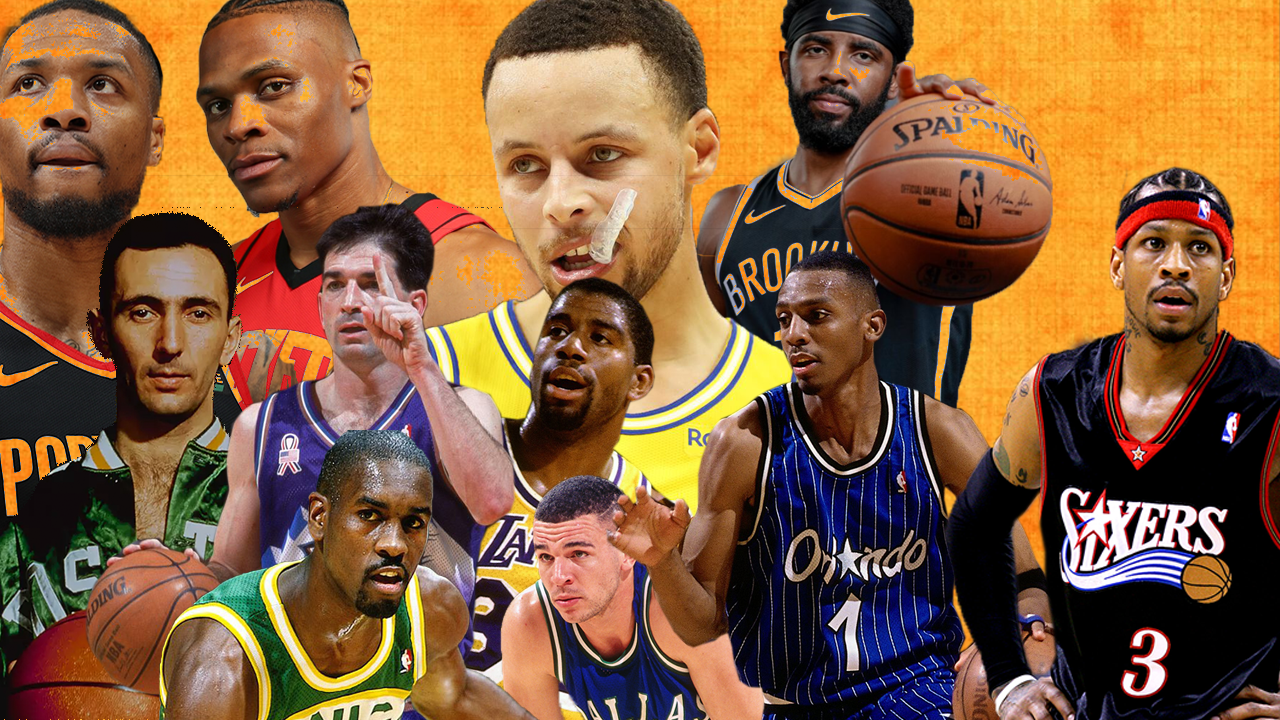
JUSBALLOUT ILLUSTRATION
Retired NBA point guard Tony Parker expressed his take on the direction of the league in a recent ESPN interview, while over in China observing the FIBA World Cup. “I love the game,” Parker said. “I think the game is in a great place. You have great players…I feel like it’s the golden age for point guards.”
Parker is definitely one of the many point guards that shifted the way the position is viewed. The future Hall of Fame guard was always extremely aggressive on the offensive end in his 18 seasons. His ability to create his own shot was a large part of the Spurs success. Every team needs a player that can get a bucket out the mud, and Parker was the guy.
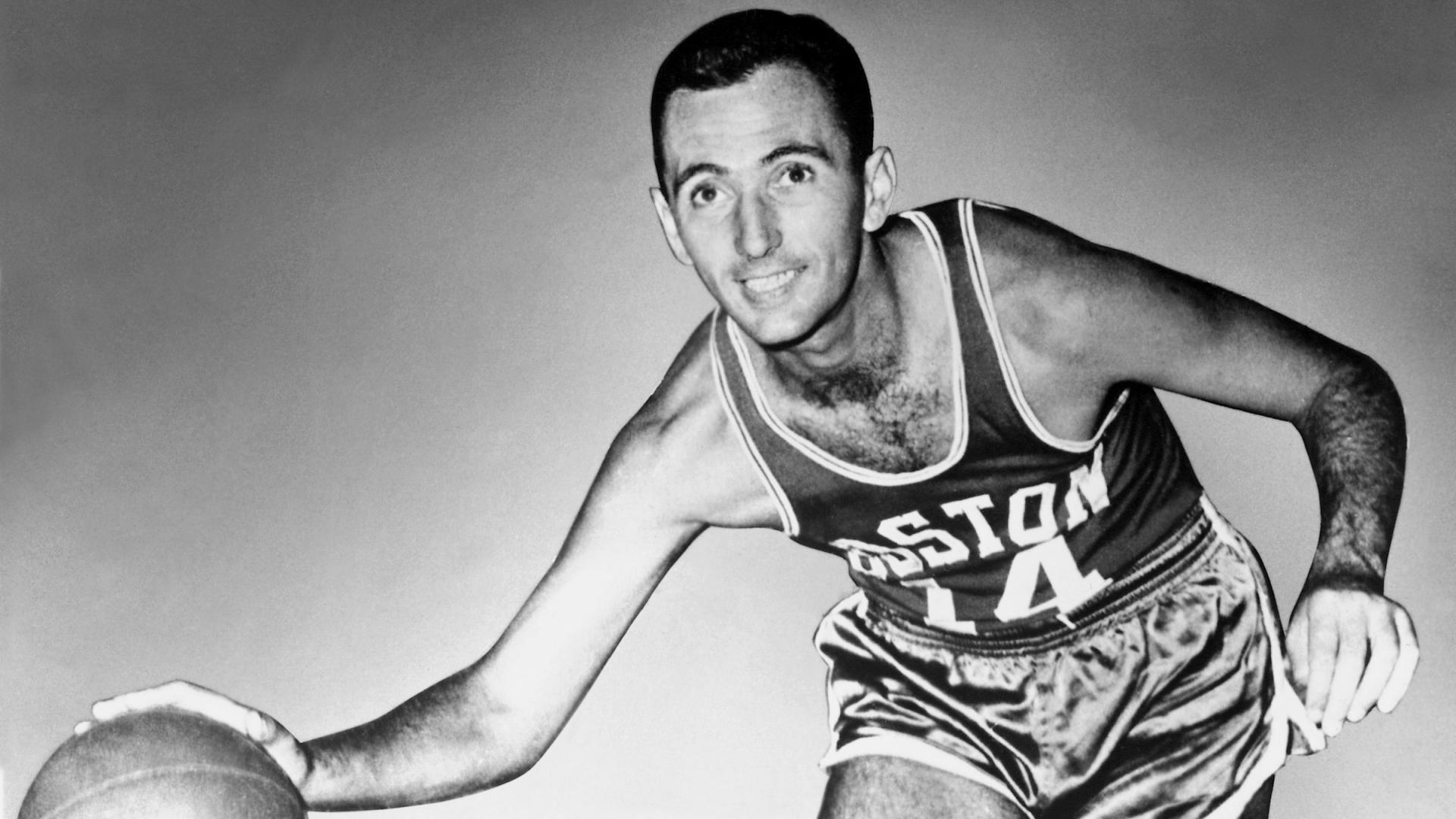
Bob Cousy | Photo: Boston Herald
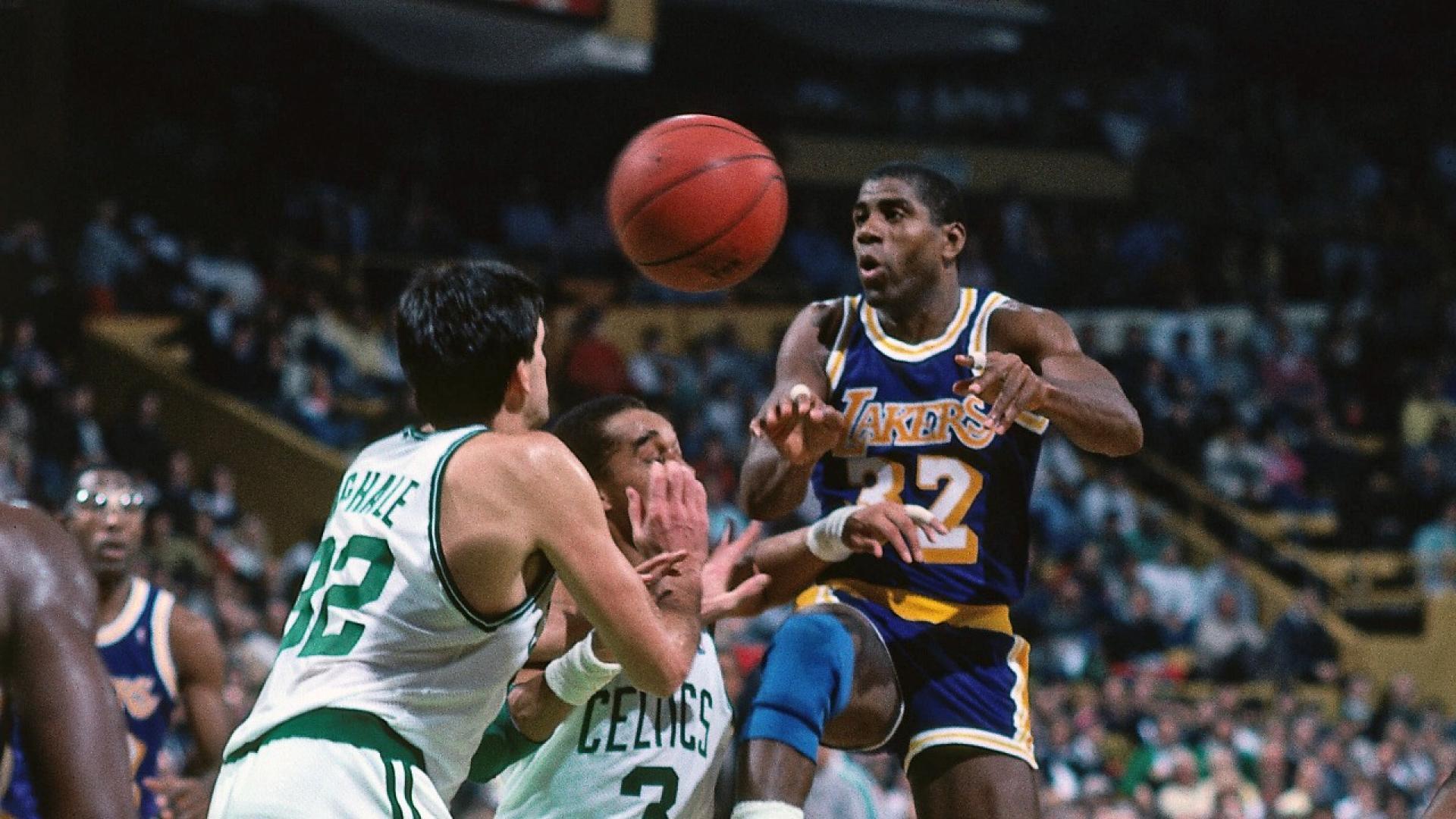
Earvin "Magic" Johnson vs. Celtics | Photo: NBA.com
The 90’s featured a sort of point guards with different attributes. The durable John Stockton played the position the way it was designed. Him and Karl Malone made a living in the half-court set with their prolific pick-and-roll, which led to Stockton holding the NBA record for assists (15,806). Point guard Gary Payton, nicknamed “The Glove” was the true example of 90s basketball. The jaw jacking 6-foot-4 point guard with efficient scoring abilities and strong defensive instincts had other guards’ shook around the NBA. His approach to the game was different than most guards, because his defense created his offense.

John Stockton | Getty Images
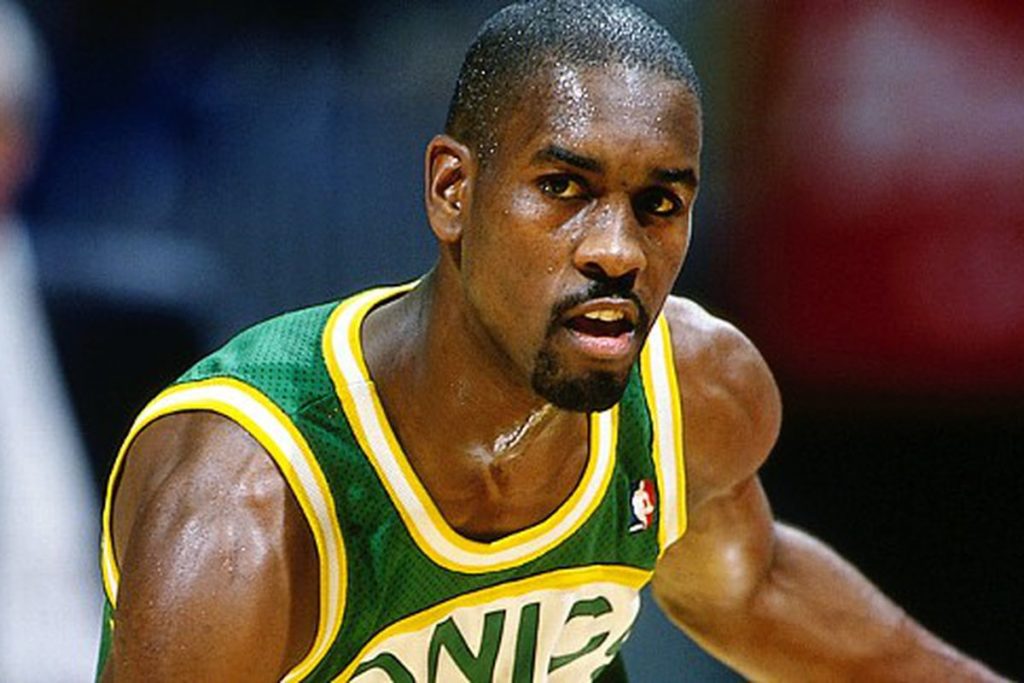
Gary Payton | Getty Images
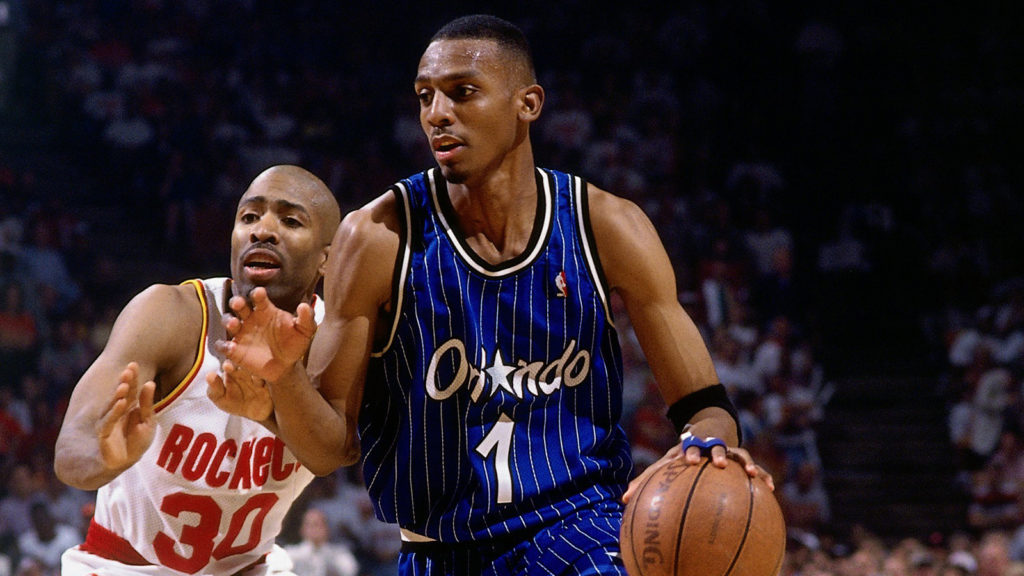
Anfernee "Penny" Hardaway | Getty Images
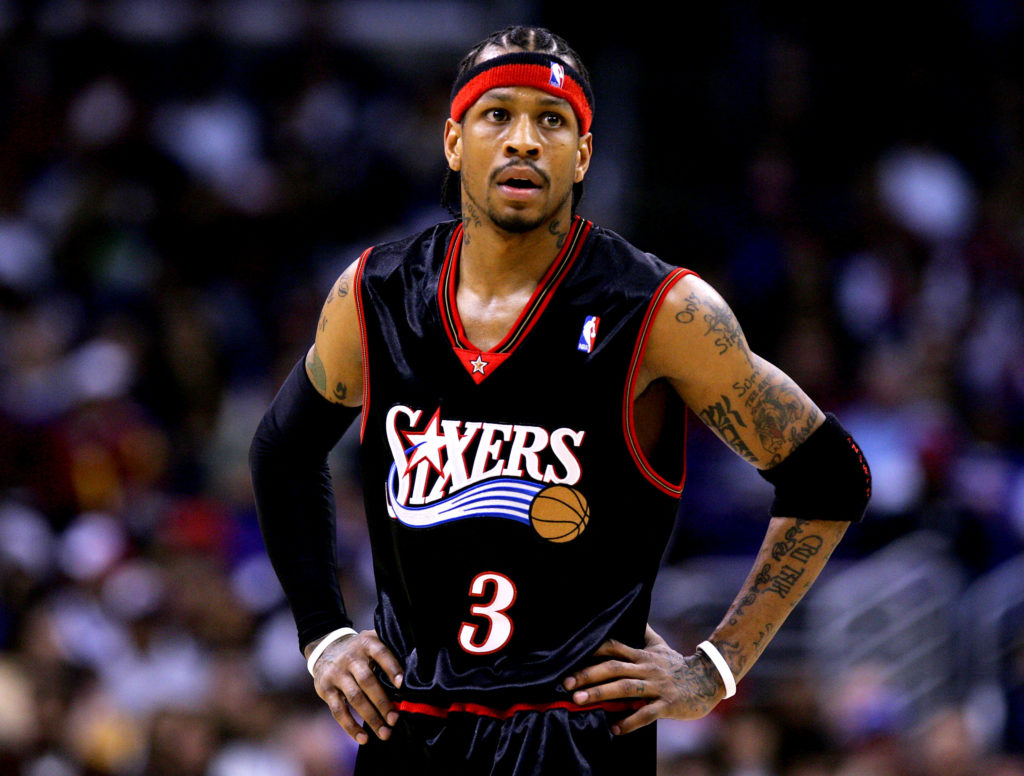
Allen Iverson | Getty Images
In today’s game, the pick-and-roll offense has become the go to play for most coaches around the league. During the 2015-16 season, the average team scored 14.5 points per game off the ball-handler getting a bucket in a pick-and-roll set. By last season, that number has climbed to 17.0 points per game. The modern point guard is making a good living off pick-and-roll play.
Due to the high frequency of pick-and-roll play, big-men our scoring more often off rolling to the basketball for a easy bucket or popping out for a smooth jump shot. Post-up plays our becoming more and more extinct. I guess its safe to say, “it’s the golden age for point guards.”